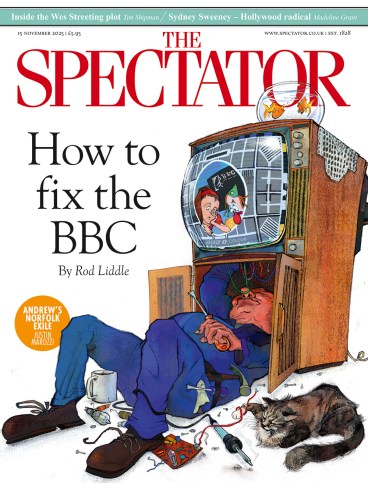
A beguiling cinema advert back in the 1970s showed a young man with a series of doors closing around him with resounding clunks. First, he was hemmed in by the boredom of school, then work, and finally a mortgage – but as soon as he got the keys to his first motorbike, he could hit the open road and escape to freedom. Vroom, vroom. I seem to remember the initial scenes were in grim black and white, but when he got the bike everything switched to vibrant colour – although that may be false memory syndrome.
He salutes other bikers with majestic waves – until he realises this makes him look like the Queen Mother
Anyway it seems to have resonated with a certain generation – mine – as I know at least three baby boomers in their sixties who’ve climbed into brand new leathers and headed off to attempt Scotland’s North Coast 500. One of them tells me spring is when old motorcyclists have all the accidents, as they emerge from winter hibernation and think they can remember how to do it on tarmac lightly sprinkled with April showers.
From the outset of this bike memoir (is that a new genre?), Miles Morland is disarmingly frank. He says he knows as much about how a motorbike works ‘as about ukuleles’ – reassuring for readers who don’t want to be told what spark plugs he uses. The book is more about the lure of the open road, and all the better for that. The closed doors that the author escapes from are those of investment banking. And we forgive him – just – for having made the fortune there that allows him to pursue his dream of biking across the world.
However, the subtitle is misleading. Morland has not biked twice around the world. He has biked 50,000 miles, which is the equivalent distance, but it’s really not the same thing. Never mind. He is charming company, from the moment he buys a huge BMW 1000 from a Park Lane showroom and realises he doesn’t quite know how to get it off the stand, to the amusement of the watching salesman: ‘Sir will have to push harder than that.’ Pitch perfect. And he accelerates off and away around Hyde Park Corner ‘with taxis coming at me like Focke-Wulfs’.
Next weekend he’s heading off to Istanbul. He still feels too inexperienced for leathers, so only allows himself humble Gore-Tex waterproofs – which he needs, as pretty much immediately he hits his first storm: ‘Fighting the gale, adjusting for the bow wave of cork-screw air pushed out by huge trucks and trying to gauge the slipperiness of the surface occupied every ounce of my brain.’
Learning on the job, he quickly develops what he describes as a blind person’s sensitivity to road surfaces – the qualities of grip of different types of tarmac and concrete. Crossing Germany, he discovers that a big truck on the autobahn is like a large boat. It leaves a quarter-mile wave of turbulence behind, which builds to a climax as you try to pass – and then tries to suck you back the other way.
But just when it all seems too much, he hits the Black Forest, with long swooping bends through undulating glades and little traffic apart from other bikers. At first he returns their salutes with majestic waves, until he realises this makes him look like the Queen Mother. Then he learns the proper biker greeting: a two-inch lift of the outside hand with an upward flick of the little finger. He starts to have fun as he swerves round curves and feels the sensation is the same as ‘slaloming down a field of fresh powder on skis’. After that, of course, he can’t stop. Trips to Argentina, India, Japan, the south-west States and Australia follow hard upon.
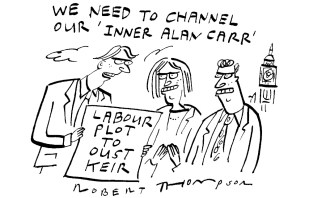
One charm of the book is that at no stage does Morland ever stop to ask himself why he has this compulsive urge to keep on the road. There is no self-analysis and plenty of action, with cocktails in the evening after he’s knocked off a few hundred miles.
The book ends in Mexico (‘margaritas the size of goldfish bowls’), where I’ve done a fair amount of driving myself, so can recognise the cheerful anarchy of proceedings. I once had a wheel drop down a pothole – it was levered out by some passing strangers with a palm tree.
Aged 77, Morland decides to stop and give his old biking boots, held together by duct tape, a decent burial. He reflects that while he’s been lucky never to have had an accident, such moments occur all too easily – when a dog runs into your path, or you’re banking into a blind mountain bend and there’s an oncoming bus. But when asked which his best destination was he still answers: ‘My favourite place is somewhere I have never been.’
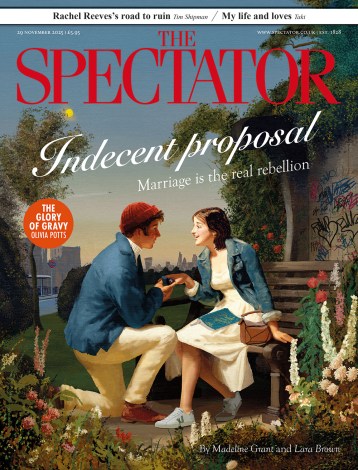
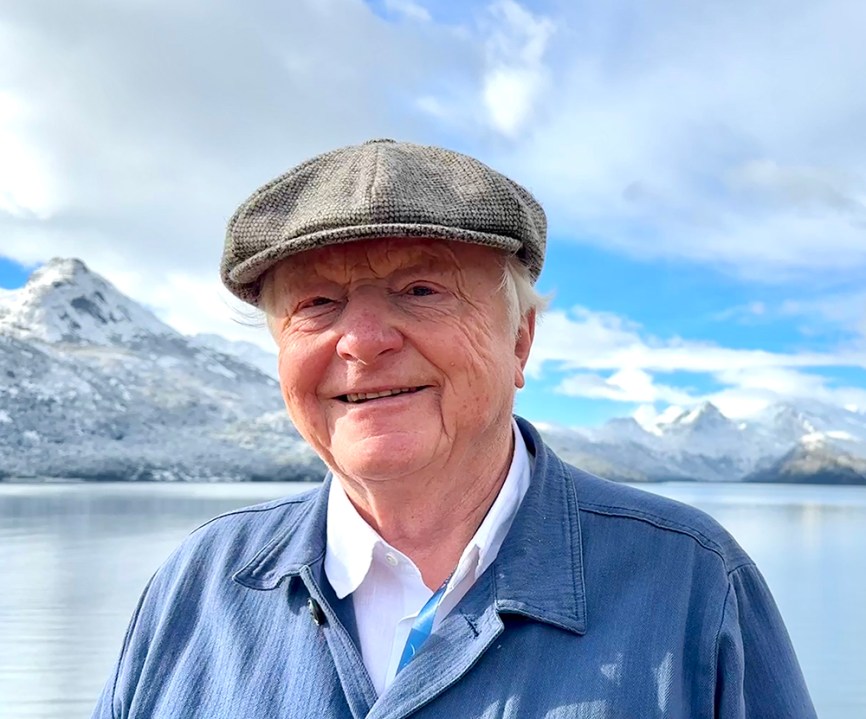

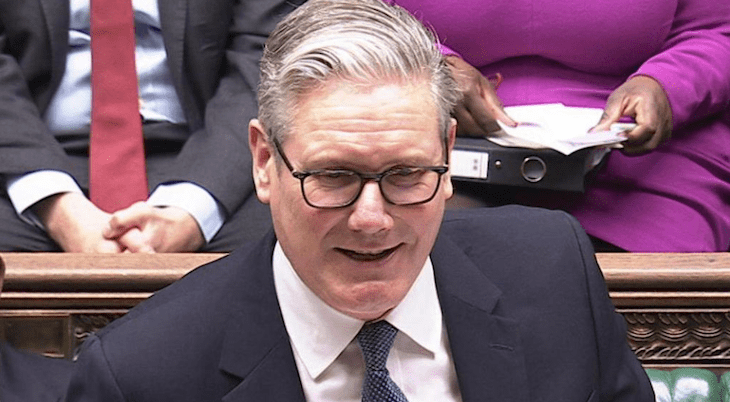




Comments